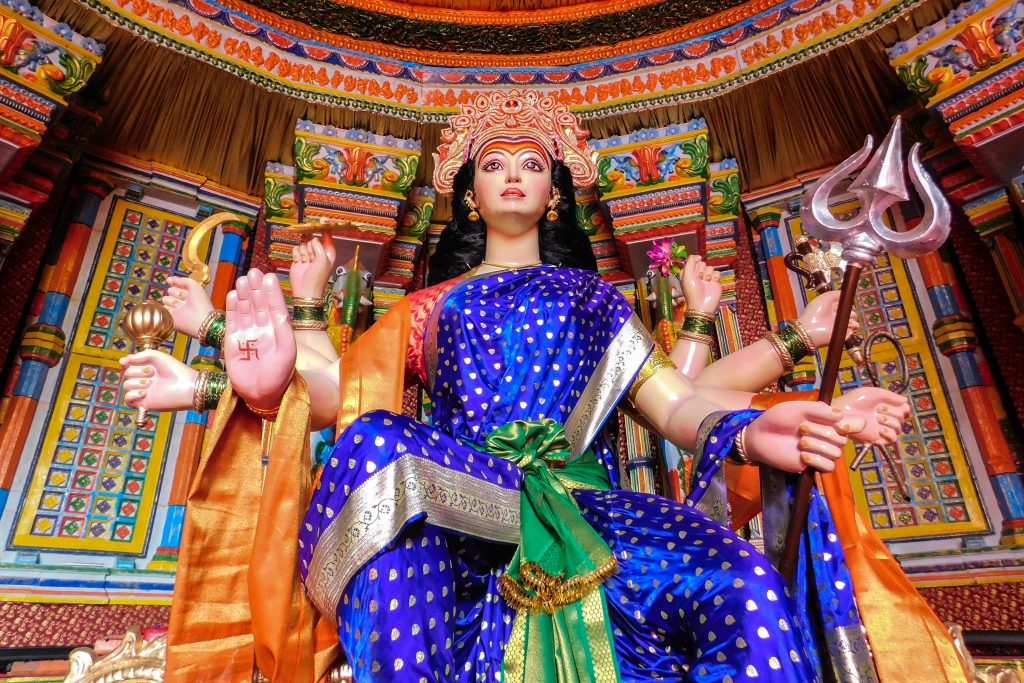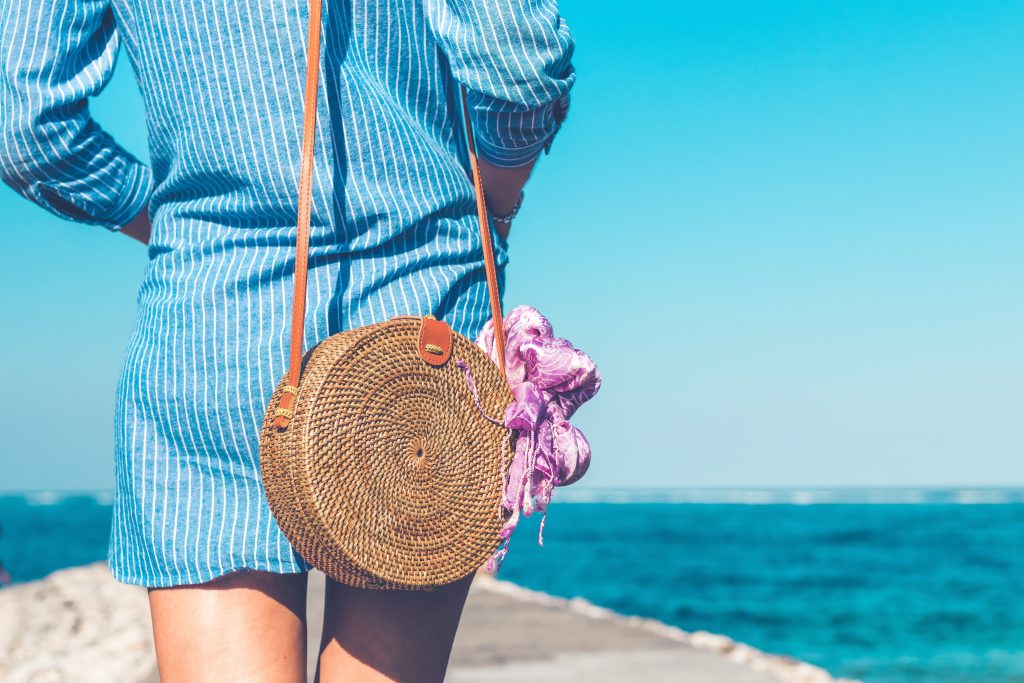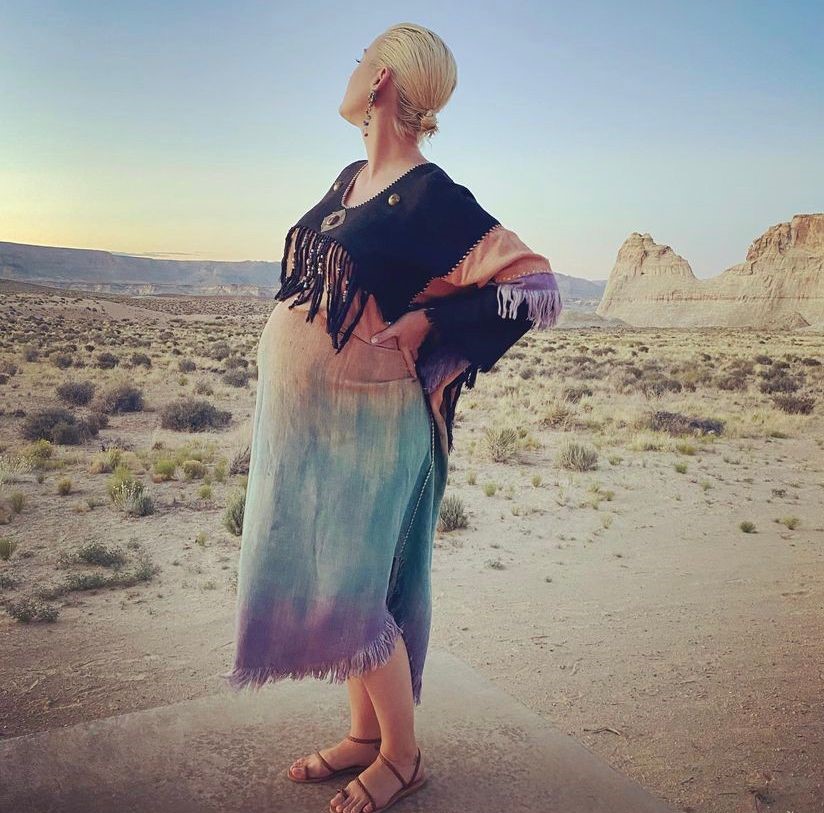Isis
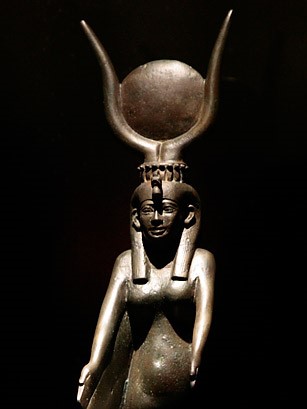
Isis, one of ancient Egypt’s most powerful deities, served in various ways. She was not only a major goddess of rituals honouring the deceased, but she was also a mystical healer, a mother goddess, and a role model for women as a maternal figure and embodiment of fertility rites. Isis was earth god Geb and the sky goddess Nut’s daughter, and she was married to Osiris, King of Egypt, whom she turned into a mummy after his brother Seth tossed him into the Nile and chopped him up.
Freya
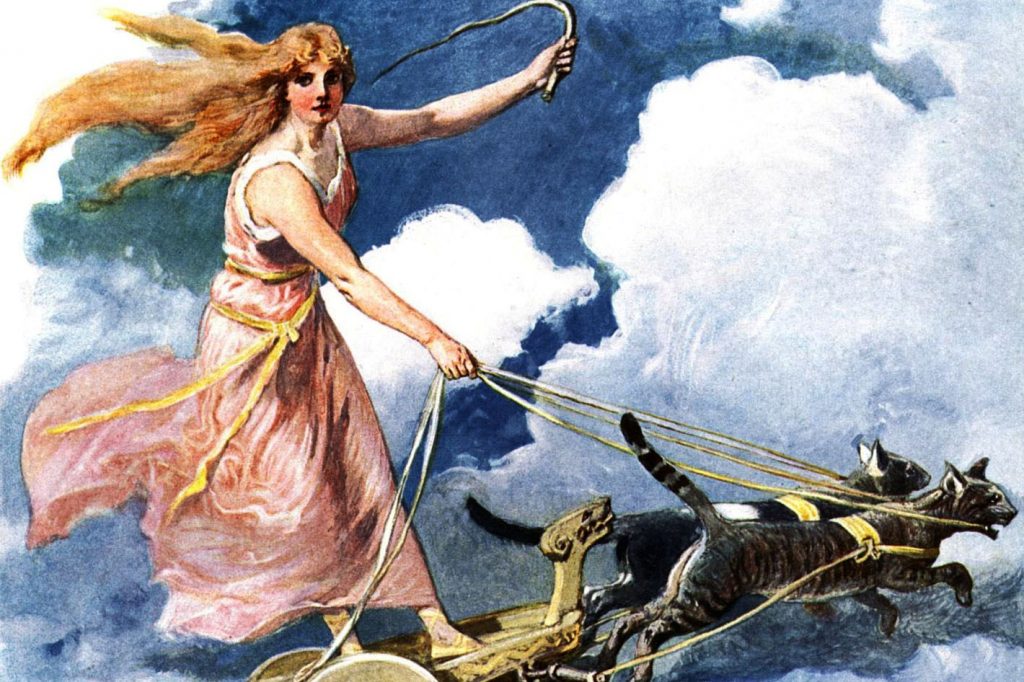
Freyja, also known as Freya, was a Norse goddess of prosperity, wealth, and battle. Some Pagans also revere her, and she is also synonymous with sexual liberation. Freyja may be summoned to facilitate marriage and pregnancy, help with marital issues, or bestow fertility on land and sea.
Durga

Forget about Mother Earth: the Hindu goddess Durga (“the inaccessible”) is revered as the entire universe’s mother. It’s only fitting for such a mighty deity to have at least eight arms, mount a lion, and be able to kill demons that most gods are incapable of defeating. Durga Puja, a harvest festival observed mainly in eastern India, is perfect for the magnificent protective-warrior goddess.
Angrboda
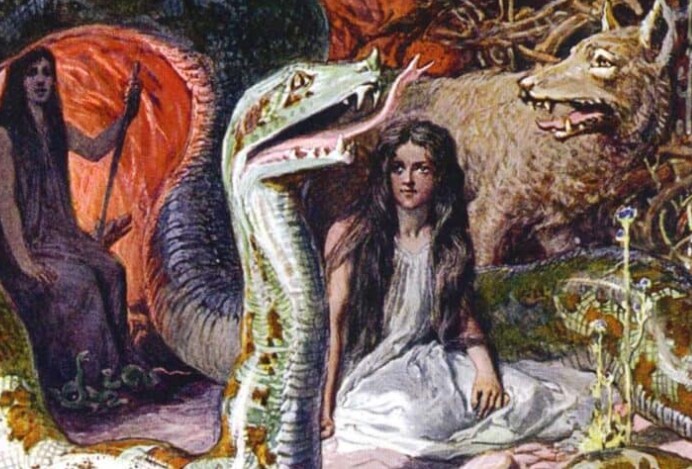
Angrboda (Old Norse: Angrboa) is a jötunn and the mother of Loki’s three gruesome children in Norse mythology. Angrboda’s name means “the one who gives sadness” or “the one who provides sorrow.” She is a lone mother goddess. She is thought to live alone in Jötunheim (the land of the giants), and she is unlikely to have any interaction with Loki or their children. Angrboda’s children are all monsters, and none of them is alike in any way.
Nu Wa or Nu Gua
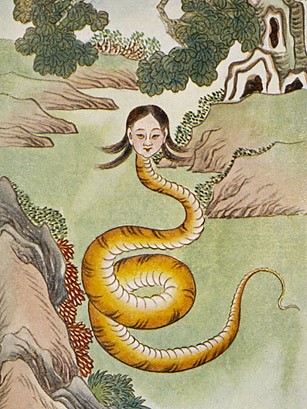
She had a human head but a serpent shell—alternatively, a fish. Nu Gua was the patroness of matchmakers in Chinese mythology, which meant she defined the standards for marriage and created the code of behavior between the sexes. But she went beyond and above. Nu Gua fixed the heavenly pillars. Are the Earth’s corners shattered? Nu Gua took her tortoise toolkit and melted-down stones with her. She also constructed a palace out of materials provided by mountain spirits.
Gaia
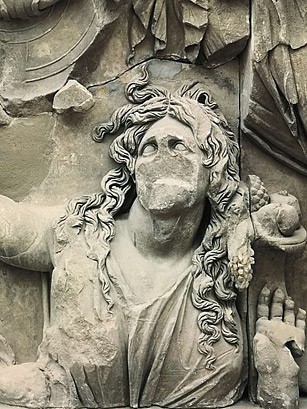
Although Hesiod, the ancient Greek poet, did not use the term “Captain Planet” to characterize Gaia, she is the only one that merits the term. She appeared after chaos but is not a child of chaos, according to Hesiod’s Theogony. The heavens, the mountains, and the sea are created by “Broad-bosomed Earth (Gaia), sure-standing position for all / The Gods who dwell on snowy Olympus’ peak.” That “fair to herself” sky (Uranus) is not only her offspring but also her husband.
Matrika
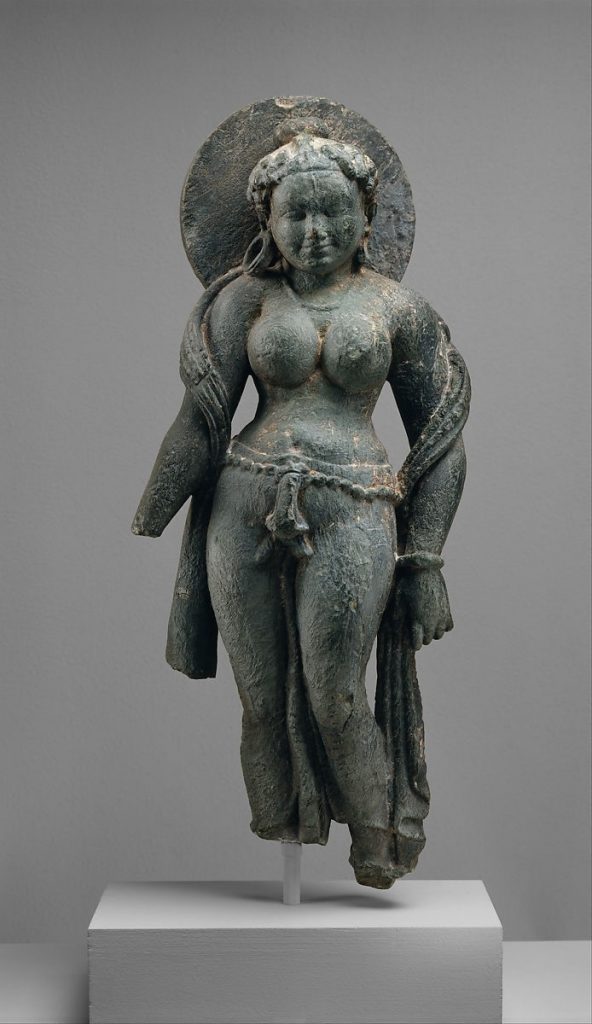
This goddess is part of seven mother goddesses who arose from a Hindu male deity. Despite their allure, these matrikas are deadly and malevolent forces—devourers children’s and carriers of illness and disease. While they were an important part of early temple iconography, as seen at Aihole in the sixth century, their influence was so overwhelming that they were quickly marginalized, consigned to dedicated shrines outside of city limits. The matrikas’ joint strength is believed to be reflected in Durga, the supreme mother goddess.
Coatlicue
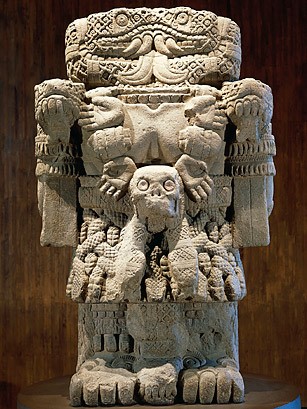
Coatlicue is a complex goddess. She is the Aztec world goddess Coatlicue, the creator and destroyer of the universe, the mother of gods and mortals, and the mother of the moon and stars. Teteoinnan, the “mother of the gods,” Toci, “our grandmother,” Cihuacoatl, the mighty goddess of fertility and patron of all who perish in childbirth, Tonanantzin, “our mother,” Tlazolteotl, the goddess of sexual impurity and unjust conduct, and literally “Snake Woman” are some of the names given to her. She is also the goddess of fire and abundance, the mother of the southern stars, and the goddess of creation, death, and rebirth. Her appearance is… nuanced, appropriate for a goddess with such large concepts and obligations.
Ninsun
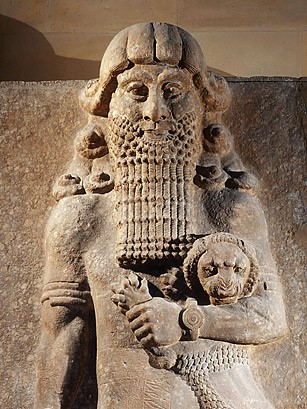
Ninsun translates to “Lady Wild Cow,” implying a bovine sort. However, the Sumerian deity was known by several names, including “the flawless cow,” “the mad cow of the enclosure,” and “the mother of healthy offspring who protects her offspring.” Herders believed she was the spiritual force behind the virtues they desired in their cows. She wasn’t all in cow shape, however. According to folklore, she may even take human form and give birth to people, like Gilgamesh, one of the great mythical Mesopotamian princes.
Hariti
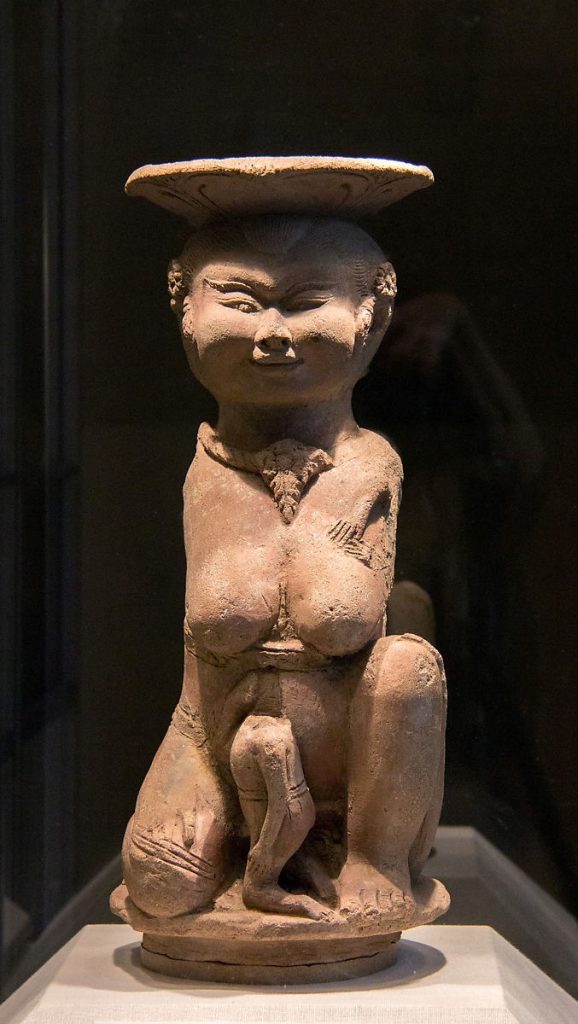
The Hindu mother goddess Hariti, guardian of children, is depicted here as Men Brajut in her Javanese form. She’s sitting with a toddler between her thighs, and she used to carry a baby on her back. The terracotta figure, which was open at the top to enable a wooden post to move through, was used as a decoration on the base of a pillar, most likely of an open pavilion (mendopo). Trowulen, the city of the Majapahit kingdom of East Java, has many such areas.
Juno
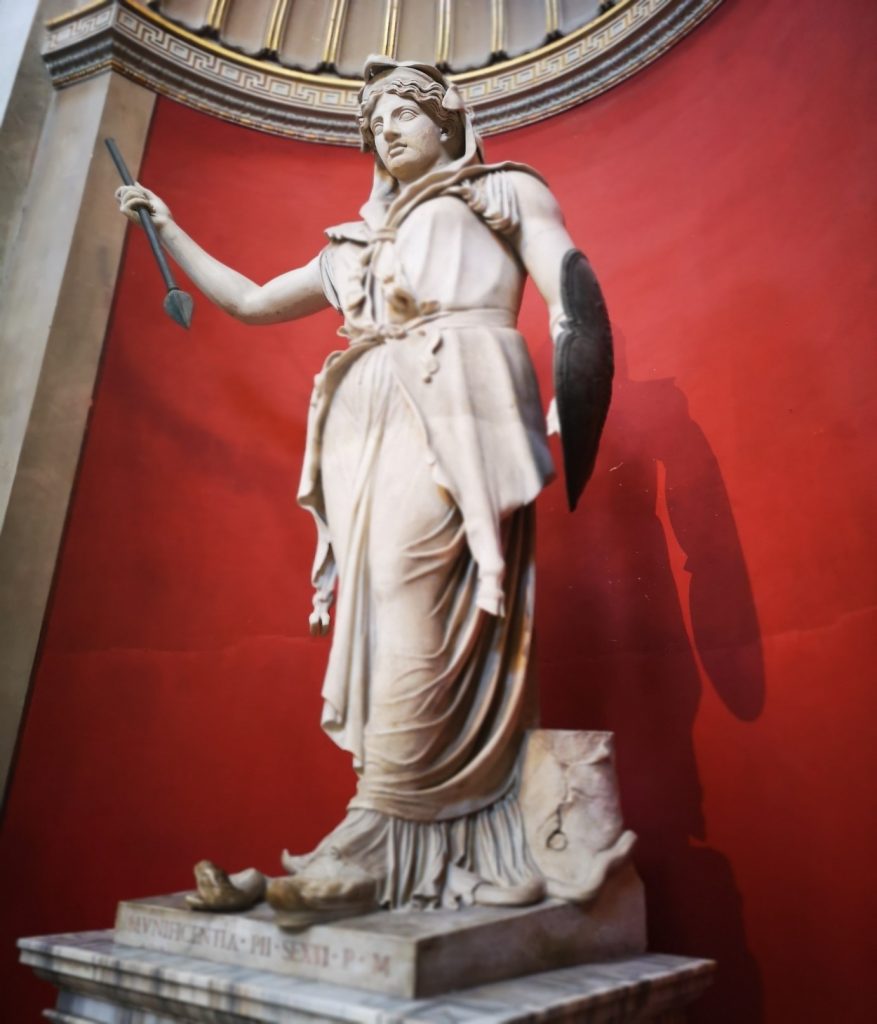
Juno was the deity who guarded women and marriage in ancient Rome. She was revered as a goddess of domesticity and as a guardian of the house and family.
Asase Yaa
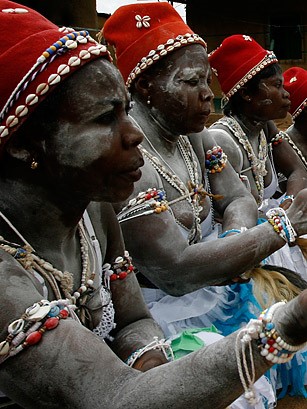
Asase Yaa is regarded as Mother Earth, the earth goddess of abundance, and the upholder of reality by the Akan people of West Africa. When a member of the Akan tribe wishes to demonstrate his trustworthiness, he places his lips on the ground. According to another custom, since Thursday is Asase Yaa’s day, the Akan refrain from tilling the field on that day.
Orisha
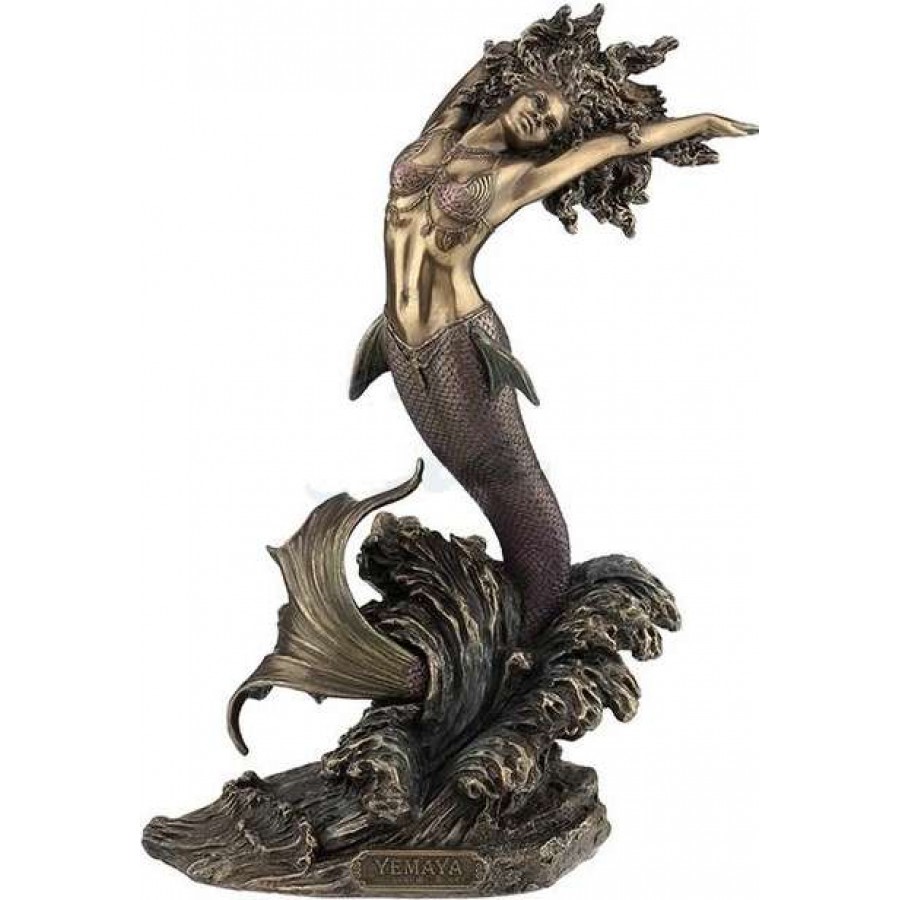
This Orisha is a sea goddess known as the Mother of All. She is the mother of many other Orishas, and in certain types of Santeria and Vodoun, she is associated with the Virgin Mary.
Danu
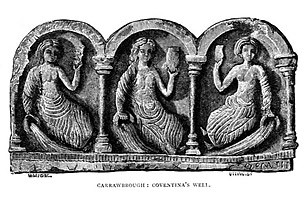
Danu is reputed to have suckled the gods. She is the goddess of the Earth, the gods, abundance, knowledge, wind, and all the Celtic people in Irish mythology. Danu’s tale continues with her offspring, the Tuatha De Danann, or citizens of the goddess Danu, who are recognized in Irish mythology as fairy people trained in sorcery. Danu gave sustenance, life, and rule to the Tuatha De Danaan when they arrived on Irish shores to wage war against the Fir Bolg, a tribe of evil giants.
Artemis
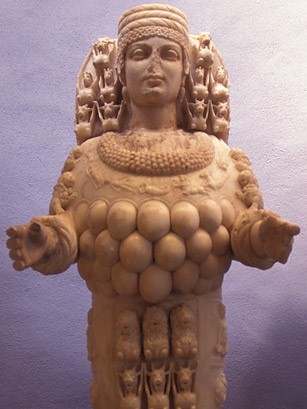
Artemis has lingered in memory due to her birth into the mythical counterpart to a modern-day monarchy. She was Zeus and Leto’s daughter and the twin sister of Apollo, the sun god, in Greek mythology. She is often portrayed with a quiver full of arrows and followed by a deer or a bear and is generally thought of as the goddess of the hunt. However, depending on the period or place, Artemis may correspond to various other deities, many of whom had a more caring function. For e.g., the Ephesian Artemis, who is now revered in modern-day Turkey, was originally worshipped as a great mother goddess and pre-dated the Artemis, who was later venerated in Greece. Artemis later took on another motherly function, being concerned with childbirth and fertility rites.
Frigga
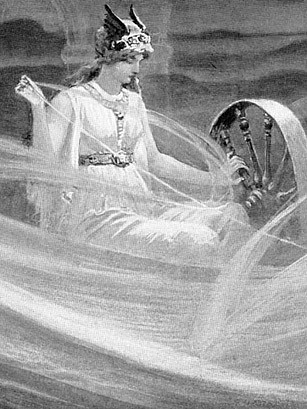
In Norse mythology, Frigga, Odin’s wife, is a matronly figure synonymous with the hearth, the mead hall, and childbirth. However, even though this seems to be a dull portfolio, it is a significant one considering the aggression and chaos that plagued Scandinavia during the Dark Ages. Frigga is often known for her spinning wheel, which she used to weave the destiny threads that bind all of mankind.
Cybele
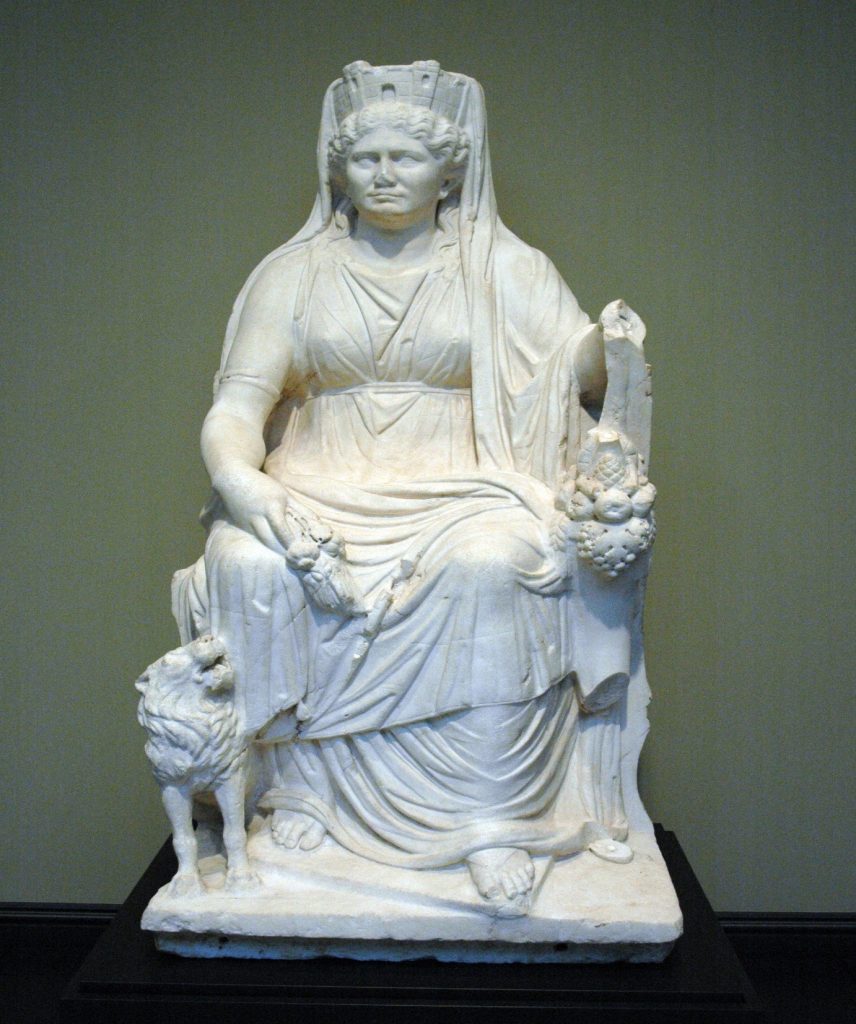
Cybele was a healer, the goddess of prosperity, and a protector in battle times (as symbolized by her frequent pet, the lion). Recognizing a threat, the Roman Senate outlawed the worship of Dionysus, the Greek god of wine, who was regarded to the Romans as Bacchus.
Dea Matrona
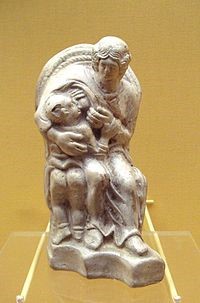
Harvest, providence, fitness, plenty, autumn, and passion are Matrona’s subjects. Swiss cheese and water are her trademarks. This Teutonic Mother Goddess is a fantastic source of food and refreshment, especially freshwater. She is a compassionate figure who personifies the Earth’s bounty in the autumn and offers to generously distribute it.
Babalon
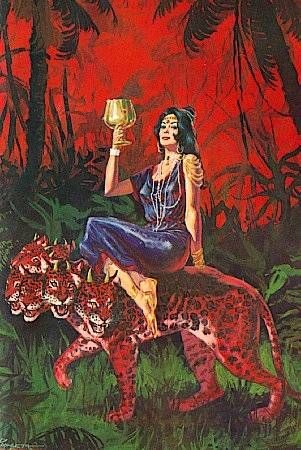
Babalon, also known as The Scarlet Woman, The Great Mother, or the Mother of Abominations, is a goddess in the Thelema mystical system, which was established in 1904 with the publication of Aleister Crowley’s The Book of the Law. She reflects the feminine sexual desire and the free woman in its most abstract way, though she can also be associated with Mother Earth in her most fertile context.
Leto
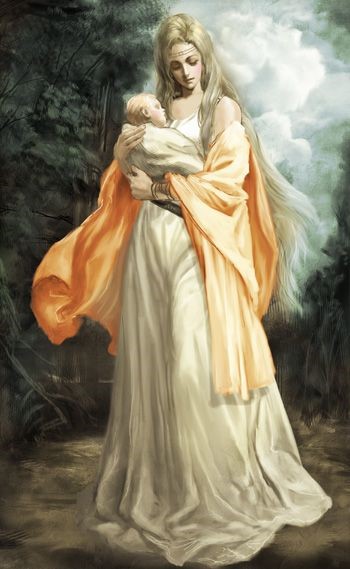
Leto was a Titanide (a female Titan) who married Zeus and gave birth to Apollon and Artemis’s twin gods. She was a goddess of motherhood and a protector of the youth through her daughters. Her name and iconography imply that she was a deity of humility and feminine demure.





